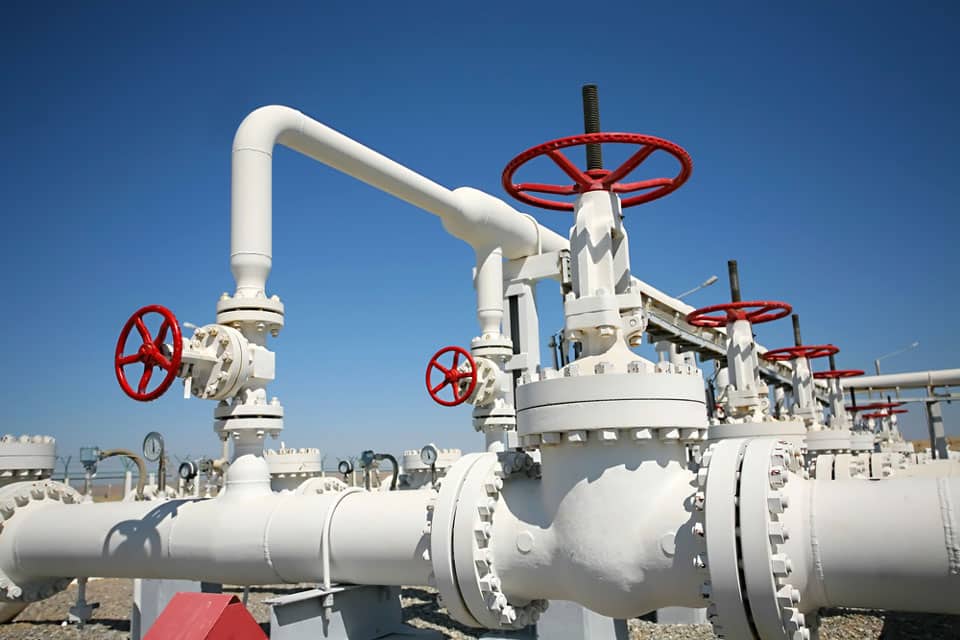What is the Future of Gas?

When Russia invaded Ukraine on February 24, 2022, the price of oil soared, and inflation was officially introduced to the world for the first time in the 21st century. While the price of gas actually plays a small role in sustained inflation, affecting just 3.1% of the Consumer Price Index (CPI), its omnipresence can sway the public’s emotion and interpretation of inflation instantly.
Forever broadcasted to every driver and pedestrian from backroads to interstate highways with daily updates, it is often a top contributor to monthly CPI movements (listen to “Why Does the Price of Gas Go Up and Down” on The Kuderna Podcast). For these reasons, gas is more of an indirect influencer of inflation, affecting consumer’s inflation expectations, as opposed to a direct influencer of CPI.
Last June, the average price of gas hit an all-time high of $5.03 when the annual CPI increase reached 9.1%, whereas today gas costs $3.71 per gallon. As the Fed continues to beat inflation into submission, their latest 0.25% rate hike brings the target Fed Funds Rate to 5.25-5.50%, and oil markets stabilize with the Russia-Ukraine war lasting far longer than most initially expected, the neon signs advertising fuel have lost their luster. Serving as one of the people’s most noted measures of inflation, what is the future of gas?
The cost of crude oil is the largest factor in the retail price of gasoline. Coming out of the pandemic, the price of Crude Oil WTI settled at roughly $80 a barrel at the end of 2022. Following soaring prices with Russia’s invasion of Ukraine and ensuing oil embargoes, the price settled again at about $80 a barrel to end 2023. The price dropped significantly earlier this year, but as I write this article to kick off August 2023, the price of Crude Oil WTI has yet again settled at roughly $80 per barrel. Even with so many global factors at play, inflation, supply chain issues, Russia-Ukraine, and the end of China’s zero-COVID policy, the past 18 months suggest temporary volatility as oil continually searches for a homeostasis.
One of the reasons for reigning in the price of oil, and therefore the price of gas, is US production. Despite all of the Biden administration’s clean energy efforts, US production of oil is expected to hit an all-time high this year. From 1950-2023, US production averaged 7.68 million barrels daily, but is expected to reach 13 million barrels per day later this year. According to the Dallas Fed Energy Survey, the breakeven price of WTI oil that Exploration and Production (E&P) firms need to make existing wells profitable is $37 per barrel, and $62 per barrel for drilling a new well. If prices continue to hover around the $80 a barrel mark, drilling is still lucrative. As a result, global supply has been able to continually stay ahead of global demand.
The future of gas depends on which side you’re evaluating it from. As developed nations rapidly increase their electric vehicle (EV) infrastructures and EV sales soar (the US is on track to break the 1 million mark of EV’s sold this year), long-term demand for gas is expected to fall. However, as mentioned earlier, with breakeven prices for new and existing wells being well below the current WTI oil price, supply can stay high, barring intervening governmental regulations. Gas speculators can expect a continued long-term equilibrium price that is low enough to appease consumer demands, yet high enough to satisfy the oil industry, with potential temporary shocks along the way. To learn more about how nations, governments, and economies are divesting away from oil dependence as a profit center, be sure to read the “Environment” chapter of my new book, What Should I Do with My Money?: Economic Insights to Build Wealth Amid Chaos.
Written by Bryan M. Kuderna.
Have you read?
Largest Hotel Chains in the World, 2023.
Best Residence by Investment Programs for 2023.
International Financial Centres Ranking, 2023.
Best Citizenship by Investment (CBI) for 2023.
The World’s Most Valuable Unicorns, 2023.
Add CEOWORLD magazine to your Google News feed.
Follow CEOWORLD magazine headlines on: Google News, LinkedIn, Twitter, and Facebook.
Copyright 2024 The CEOWORLD magazine. All rights reserved. This material (and any extract from it) must not be copied, redistributed or placed on any website, without CEOWORLD magazine' prior written consent. For media queries, please contact: info@ceoworld.biz








